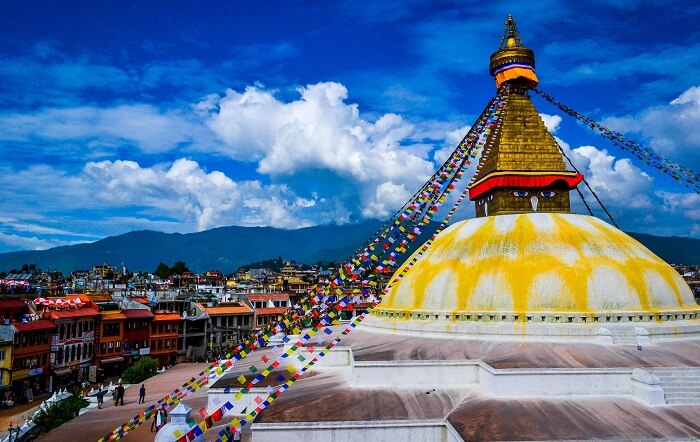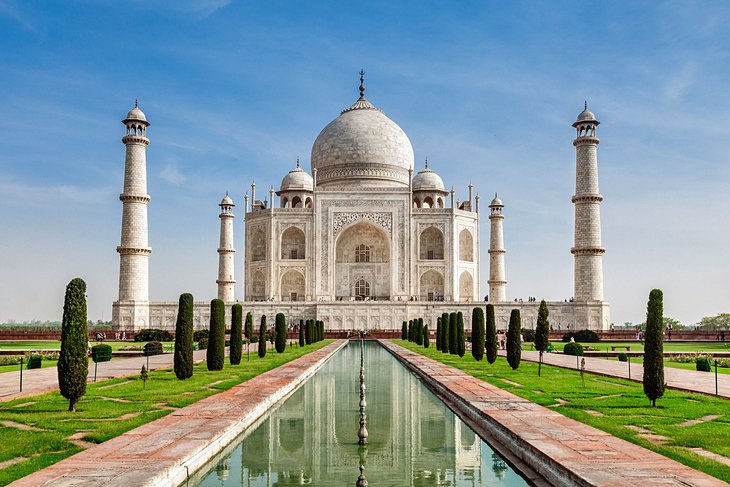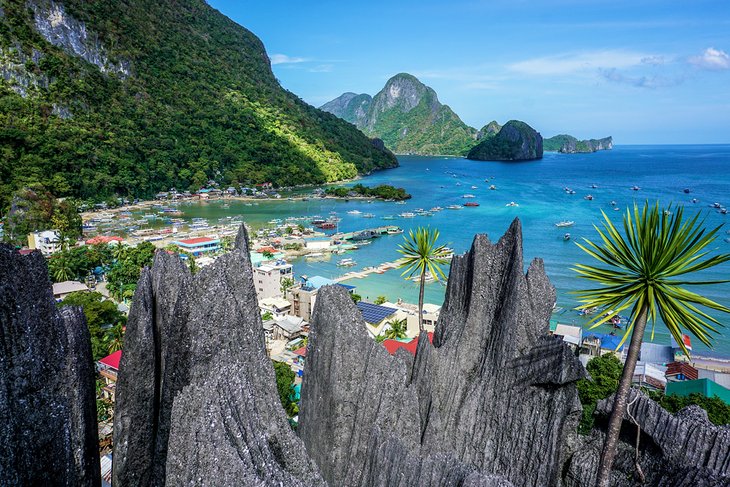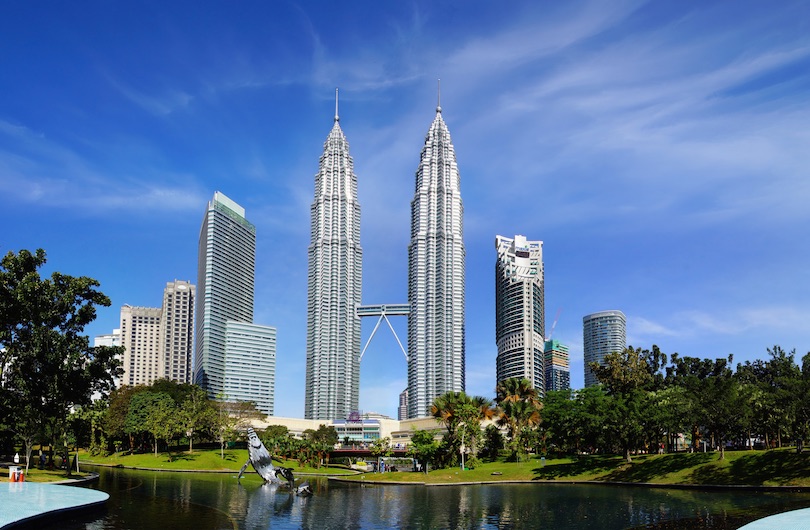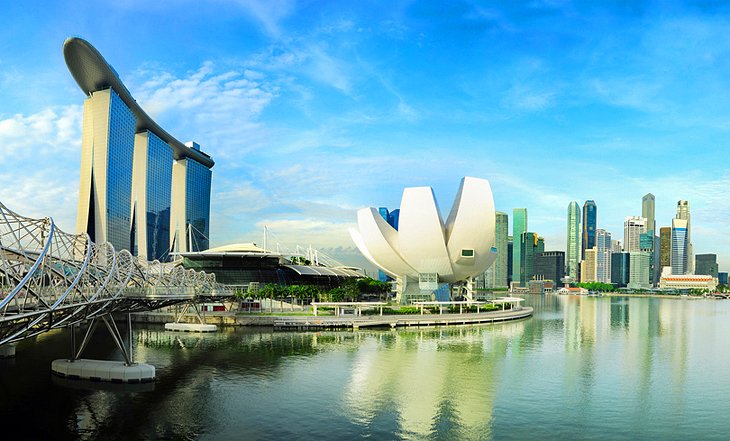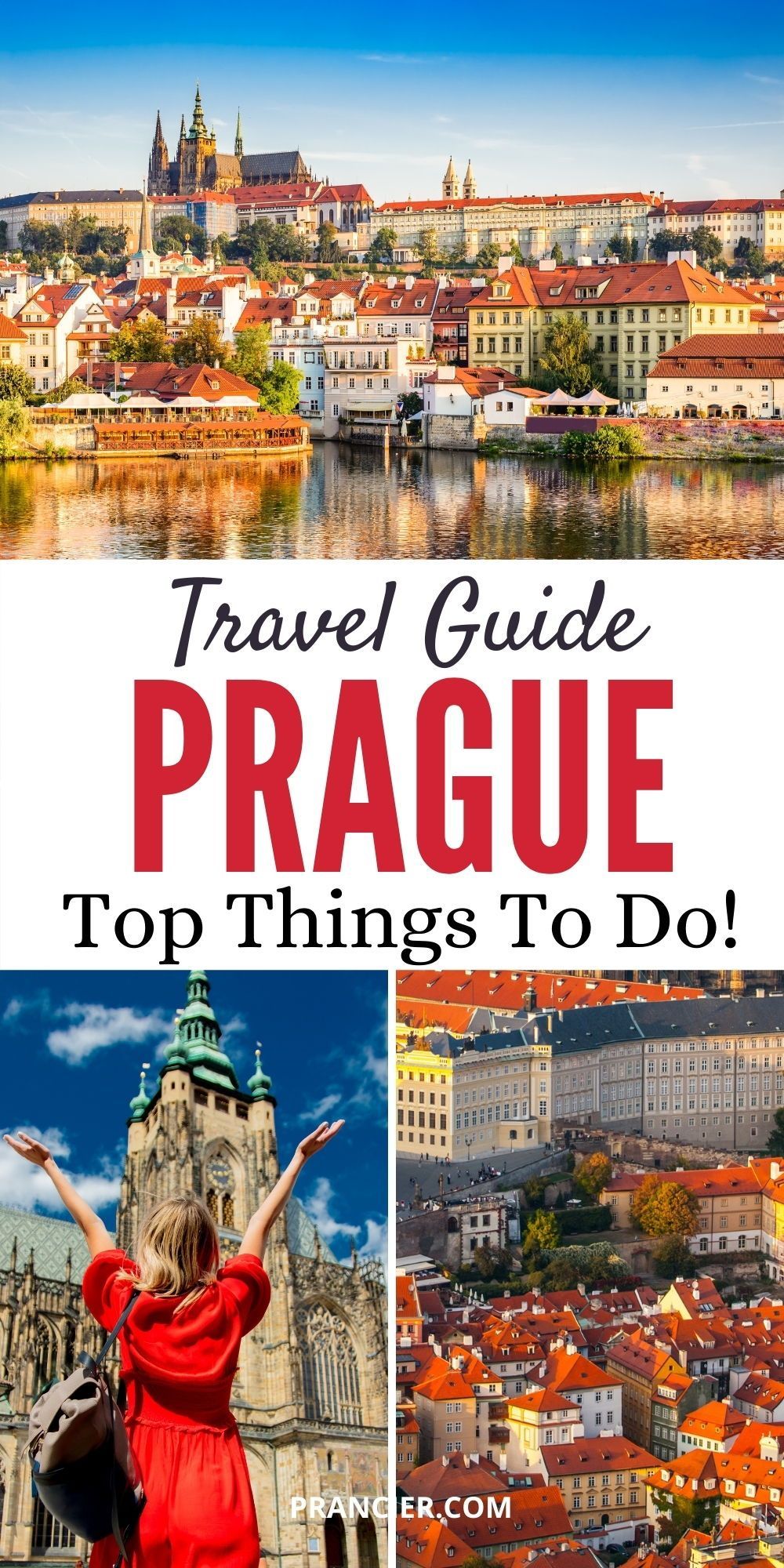
Prague, the "City of a Hundred Spires," stands as a living testament to centuries of history, a captivating blend of Gothic, Baroque, and Art Nouveau architecture, and a vibrant cultural hub. From its cobblestone streets to its majestic castle, the Czech capital beckons travelers with an irresistible charm that transcends time. Often called "The Golden City" or "The Mother of Cities," Prague offers an enchanting experience, where every corner turned reveals a new story, a breathtaking vista, or a hidden gem.
This comprehensive guide aims to navigate you through the wonders of Prague, delving into its storied past, unveiling its most iconic attractions, providing essential travel wisdom, and ensuring you savor its unique flavors and seamless transit options.
A Tapestry of Time: Prague’s Rich History
Related Articles about Prague: A Timeless Journey Through the Heart of Europe:
- Hungary: A Tapestry of History, Beauty, and Unforgettable Experiences
- Germany: A Journey Through Time, Culture, and Unforgettable Landscapes
- Bali: A Journey Through Paradise and Its Top Hotels
- Japan: A Tapestry of Tradition and Tomorrow – Your Ultimate Guide to Unforgettable Experiences
- Indonesia: An Archipelago of Wonders – Your Ultimate Guide to Exploring This Tropical Paradise
Prague’s history is as intricate and enduring as its ancient stone bridges. Its origins trace back to the 9th century, when Slavic tribes settled along the Vltava River, establishing a powerful Přemyslid dynasty that laid the foundations for the Czech state. By the 14th century, under the visionary rule of Charles IV, Prague blossomed into a political, economic, and cultural powerhouse, serving as the capital of the Holy Roman Empire. This "Golden Age" saw the construction of iconic landmarks like Charles University, Charles Bridge, and the magnificent St. Vitus Cathedral, cementing Prague’s status as a jewel of Central Europe.
The city, however, has also weathered periods of immense turmoil. The Hussite Wars in the 15th century, a religious reformation movement, left their mark, followed by centuries under Habsburg rule, which brought both prosperity and suppression. The 17th century saw the devastating Thirty Years’ War, but Prague resiliently emerged, largely rebuilt in the opulent Baroque style that defines much of its Lesser Town today. The 19th century witnessed the Czech National Revival, a resurgence of national identity and culture, leading to the formation of the First Czechoslovak Republic in 1918, after the collapse of the Austro-Hungarian Empire.
Tragically, this newfound independence was short-lived, as Prague fell under Nazi occupation during World War II, followed by four decades of Communist rule after 1948. The spirit of resistance, however, never faded, culminating in the peaceful Velvet Revolution of 1989, which ushered in democracy and freedom. In 1993, Czechoslovakia peacefully dissolved, giving birth to the independent Czech Republic, with Prague proudly serving as its capital. This rich, often turbulent, history has forged a city of remarkable resilience, profound beauty, and a deep sense of cultural pride, inviting visitors to explore its layers of memory and transformation.
Unveiling Prague’s Crown Jewels: Main Attractions
Prague’s landscape is dotted with architectural marvels and historical sites, each telling a piece of its grand narrative.
Prague Castle Complex (Pražský hrad): Dominating the city skyline, Prague Castle is not merely a castle but a sprawling complex of palaces, churches, gardens, and alleyways, making it the largest ancient castle in the world. For over a millennium, it has served as the seat of Bohemian kings, Holy Roman emperors, and now the Czech president. Highlights include:
- St. Vitus Cathedral: The spiritual heart of the Czech Republic, this Gothic masterpiece took nearly 600 years to complete. Its stained-glass windows, intricate chapels, and soaring spires are awe-inspiring. Don’t miss the views from its South Tower.
- Old Royal Palace: Home to Vladislav Hall, a vast space used for coronations and tournaments, and the site of the Defenestration of Prague, a pivotal event leading to the Thirty Years’ War.
- St. George’s Basilica: A Romanesque church, one of the oldest surviving buildings within the complex, known for its serene interior.
- Golden Lane (Zlatá ulička): A picturesque street of tiny, colorful houses, once home to castle guards, alchemists (legend has it), and later, Franz Kafka.
Charles Bridge (Karlův most): Perhaps Prague’s most iconic symbol, this medieval stone bridge connects the Old Town with Lesser Town. Lined with 30 Baroque statues of saints, it offers panoramic views of Prague Castle and the Vltava River. Strolling across it, especially at dawn or dusk, is a quintessential Prague experience, often accompanied by street artists, musicians, and vendors.
Old Town Square (Staroměstské náměstí): The vibrant heart of Prague, this bustling square is surrounded by stunning architecture and historical landmarks.
- Astronomical Clock (Orloj): Located on the Old Town Hall, this intricate medieval clock, dating back to 1410, captivates crowds every hour as the Apostles parade and other figures animate.
- Church of Our Lady before Týn: With its dramatic Gothic spires, this church is an unmistakable fixture on the square.
- St. Nicholas Church (Old Town): A Baroque gem, distinct from its Lesser Town namesake.
- Jan Hus Memorial: A striking monument to the religious reformer.
Jewish Quarter (Josefov): A poignant and remarkably preserved testament to Prague’s Jewish history. This quarter features several synagogues, the Old Jewish Cemetery, and the Jewish Museum. Each site offers a powerful insight into the community’s struggles and resilience, with the Pinkas Synagogue serving as a memorial to Holocaust victims.
Lesser Town (Malá Strana): Nestled beneath Prague Castle, this charming district is characterized by its Baroque palaces, grand churches, and picturesque narrow streets.
- St. Nicholas Church (Malá Strana): A magnificent example of Baroque architecture, known for its opulent interior and towering dome.
- Wallenstein Garden: A stunning Baroque garden featuring grottoes, statues, and peacocks.
- Nerudova Street: A historic street leading up to the castle, famous for its unique house signs.
Petřín Hill: Offering one of the best vantage points in Prague, Petřín Hill is accessible by a charming funicular.
- Petřín Tower: A smaller replica of the Eiffel Tower, providing unparalleled 360-degree views of the city.
- Mirror Maze: A fun, disorienting experience for all ages.
- Rose Garden: A beautiful spot for a leisurely stroll.
Wenceslas Square (Václavské náměstí): More of a boulevard than a square, this vibrant area is the commercial and cultural heart of New Town. It’s a hub for shopping, nightlife, and has been the site of many significant historical demonstrations, most notably the Velvet Revolution. The impressive National Museum stands at its upper end.
Dancing House (Tančící dům): A striking example of modern architecture, this deconstructivist building, nicknamed "Ginger and Fred," stands out against Prague’s historic backdrop. It houses offices, a hotel, and a rooftop restaurant with excellent views.
John Lennon Wall: Once a symbol of passive resistance against the Communist regime, this vibrant wall in Malá Strana is continuously adorned with graffiti inspired by John Lennon, Beatles lyrics, and global messages of peace and love. It’s a dynamic, ever-changing outdoor gallery.
Municipal House (Obecní dům) & Powder Tower (Prašná brána): Adjacent to each other, the Municipal House is an exquisite Art Nouveau masterpiece, hosting concerts and exhibitions, while the Powder Tower is a formidable Gothic gate, once part of the Old Town fortifications.
Navigating Prague: Essential Travel Tips
To ensure a smooth and enjoyable trip, keep these practical tips in mind:
- Currency: The official currency is the Czech Koruna (CZK). While some tourist-heavy spots might accept Euros, the exchange rate will likely be unfavorable. Use ATMs for koruna and be wary of currency exchange booths with "0% commission" signs, as they often hide high fees in poor rates.
- Language: Czech is the official language. English is widely spoken in tourist areas, hotels, and restaurants. Learning a few basic Czech phrases like "Dobrý den" (Good day), "Prosím" (Please), and "Děkuji" (Thank you) will be appreciated.
- Safety: Prague is generally a safe city, but like any popular tourist destination, pickpocketing is common, especially in crowded areas like Charles Bridge, Old Town Square, and on public transport. Keep valuables secure.
- Tipping: Tipping is customary. For good service in restaurants, 5-10% is standard. For excellent service, round up or add slightly more.
- Power Adapters: Czech Republic uses Type E/F sockets (two round pins) and operates on 230V. Bring appropriate adapters.
- Walking Shoes: Prague is a city best explored on foot, but its cobblestone streets can be unforgiving. Comfortable, sturdy walking shoes are a must.
- Public Toilets: Public restrooms are available but often require a small fee (5-10 CZK). Carry small change.
- Tickets & Passes: Consider booking tickets for major attractions online in advance to save time and sometimes money. The Prague Card offers free public transport and discounts on attractions, but calculate if it’s cost-effective for your itinerary.
- Tourist Traps: Be cautious of overly aggressive street vendors, taxis that don’t use meters, and "traditional" trdelník stands that charge exorbitant prices – check reviews or ask locals for recommendations.
The Best Time to Visit Prague
Prague offers a unique charm in every season, but certain times of the year stand out:
- Spring (April-May): Often considered the best time to visit. The weather is mild and pleasant, flowers are in bloom, and the city is less crowded than in summer. Easter markets add a festive touch.
- Summer (June-August): Warm and vibrant, with numerous outdoor events, festivals, and extended daylight hours. However, it’s also peak tourist season, meaning larger crowds and higher accommodation prices.
- Autumn (September-October): Another excellent choice. The weather is crisp, the foliage is stunning, and the summer crowds begin to thin. It’s ideal for leisurely strolls and enjoying the city’s beauty.
- Winter (November-March): Cold but magical. Prague transforms into a winter wonderland, especially during the Christmas season with its enchanting markets and festive atmosphere. If you don’t mind the chill, it offers a unique, less crowded experience.
Where to Stay: Accommodation Options
Prague boasts a wide range of accommodation, from luxurious hotels to cozy hostels, catering to all budgets and preferences. The best area for you depends on your priorities:
- Old Town (Staré Město): Ideal if you want to be in the heart of the action, close to major attractions, shops, and restaurants. Expect higher prices.
- Lesser Town (Malá Strana): Romantic and picturesque, with a quieter, more historic ambiance. Perfect for couples and those seeking charm, with easy access to the Castle.
- New Town (Nové Město): Centered around Wenceslas Square, this area is more modern, offering a mix of hotels, shopping, and nightlife, often at slightly more affordable rates than the Old Town.
- Vinohrady / Žižkov: These residential districts are a bit further out but well-connected by public transport. They offer a more authentic local experience, trendy cafes, and often more budget-friendly options.
- Holešovice: An up-and-coming neighborhood, known for its art galleries, design shops, and a vibrant local scene. Good for those looking for something a bit different and more affordable.
A Taste of Bohemia: Local Food & Drink
Czech cuisine is hearty, comforting, and surprisingly diverse. Prepare for rich flavors and generous portions.
Savory Dishes:
- Svíčková: A national dish. Tender beef sirloin in a creamy vegetable sauce, typically served with bread dumplings (knedlíky), a dollop of cranberry sauce, and whipped cream.
- Goulash (Guláš): A thick, flavorful stew, often made with beef or pork, heavily seasoned with paprika, and almost always accompanied by knedlíky.
- Trdelník: While widely available and popular with tourists, this sweet pastry cooked over an open flame and coated in sugar and cinnamon is more traditionally Hungarian/Slovak. It’s a delicious street snack, often filled with ice cream or chocolate.
- Řízek: The Czech version of schnitzel, a breaded and fried cutlet of pork or chicken, often served with potato salad.
- Knedlíky: Dumplings are a staple of Czech cuisine, served with almost every main course, designed to soak up sauces. They come in various forms, from bread to potato.
Sweet Treats:
- Palačinky: Thin Czech crepes, often filled with jam, fruit, or cheese and topped with whipped cream.
- Ovocné knedlíky: Fruit dumplings, often filled with plums or apricots, boiled and then served with melted butter, sugar, and quark cheese.
Drinks:
- Czech Beer (Pivo): The Czech Republic has the highest beer consumption per capita in the world, and for good reason. Czech beer is legendary – crisp, refreshing, and incredibly cheap. Pilsner Urquell, Staropramen, and Kozel are popular brands. Visiting a traditional pub (hospoda) for a pint is a cultural experience.
- Becherovka: A traditional Czech herbal liqueur, often enjoyed as a digestif.
- Slivovice: A potent plum brandy, popular in Moravia.
- Absinthe: While not unique to Prague, it has a historical connection. Be cautious; it’s very strong and often highly alcoholic.
Getting Around: Transportation in Prague
Prague’s public transport system is excellent, efficient, and user-friendly, making it easy to navigate the city.
- Walking: The best way to explore the historic center. Most major attractions are within walking distance of each other.
- Metro: Clean, fast, and reliable, with three lines (A – green, B – yellow, C – red) covering most of the city.
- Trams: An extensive network of trams offers a scenic way to travel, particularly useful for shorter distances and reaching areas not covered by the metro. Tram 22 is famous for its picturesque route past many landmarks.
- Buses: Primarily serve the outer districts where the metro and tram lines don’t reach.
- Tickets: Prague operates on an integrated ticketing system. One ticket is valid for all modes of transport for a specified time (e.g., 30 minutes, 90 minutes, 24 hours, 72 hours). Purchase tickets from yellow vending machines at metro stations, newspaper kiosks, or via the PID Lítačka mobile app. Crucially, validate your ticket immediately upon entering the metro station (before descending to the platform) or on the tram/bus. Plainclothes inspectors frequently check tickets.
- Taxis & Ride-sharing: Uber and Bolt are widely available and generally reliable. If hailing a traditional taxi, ensure the driver uses the meter or agree on a price beforehand to avoid overcharging. It’s often safer to use ride-sharing apps or pre-book.
- Airport Transfer: Václav Havel Airport Prague (PRG) is well-connected. You can take a combination of bus (e.g., 119 to Nádraží Veleslavín metro station) and metro, or opt for a pre-booked private shuttle or taxi.
Conclusion
Prague is more than just a destination; it’s an immersive experience that captivates the senses and stirs the soul. From the ancient echoes within Prague Castle to the vibrant pulse of Old Town Square, the city’s timeless beauty and rich heritage promise an unforgettable journey. Whether you’re drawn to its architectural grandeur, its poignant history, its delectable cuisine, or its lively cultural scene, Prague invites you to wander its enchanting streets, discover its hidden courtyards, and create memories that will last a lifetime. Prepare to be enchanted by the magic of this Golden City, a true gem in the heart of Europe.



